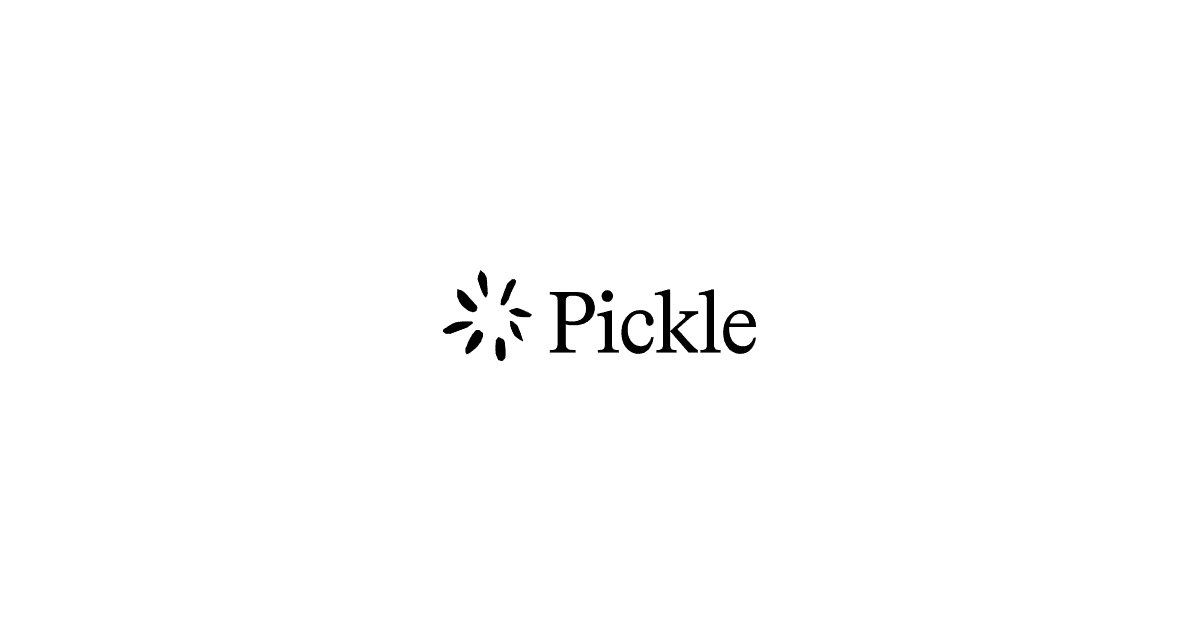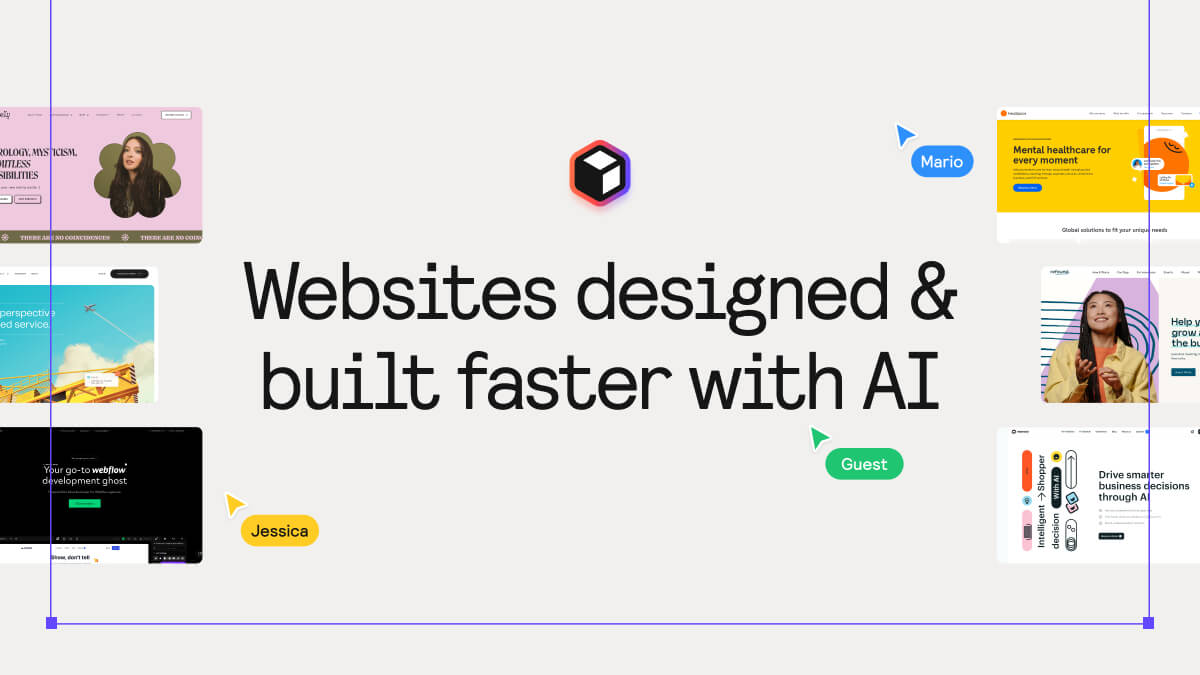- Marketing in the Age of Machines
- Posts
- Why Modern Logos All Look the Same And What It Reveals About Your Brain
Why Modern Logos All Look the Same And What It Reveals About Your Brain
A weekly email with the best of marketing, AI, and business.

You are receiving this email because you subscribed to Castleberry’s newsletter. https://www.castleberrymedia.com/
Welcome to Marketing in the Age of Machines. Each week, we bring you the following:
👉 An innovative marketing strategy that has worked for others.
👉 The 3 most relevant contents in marketing, AI, and business that will help you understand the ever-changing landscape.
👉 3 tools for the Marketer of the Future.
👉 The quote of the week. A simple take on everyday marketing concepts.
Problem
In the digital age, traditional logos with complex details, gradients, and intricate typography struggle to remain effective across multiple platforms. As brands expand their presence to small app icons, social media profiles, and wearable devices, old logo designs become unreadable, inconsistent, and difficult to remember. This shift has forced major companies like Google, Microsoft, and Airbnb to rethink their branding, prioritizing simplicity over uniqueness to stay relevant and recognizable in an increasingly crowded digital space.
Solution
To overcome these challenges, companies have adopted minimalist design principles, embracing sans-serif fonts, basic geometric shapes, and limited color palettes. This approach enhances recognition, ensures legibility at all sizes, and allows logos to function seamlessly across different platforms. Psychological research supports this trend, showing that simpler visuals are processed faster by the human brain and perceived as more trustworthy. By prioritizing clarity and adaptability, brands can maintain a strong presence in a fast-paced, attention-deficient digital world.
Lesson
The widespread shift toward simplified logos is not a sign of declining creativity but an adaptation to the modern digital environment. Just as species evolve similar traits to survive, brands have converged on minimalist designs to compete for consumer attention. In an era of information overload, simplicity is not just an aesthetic choice—it is a survival strategy. Businesses and individuals alike can apply this principle beyond logos by crafting clear, memorable messages that cut through the noise and build lasting trust.
Notice how logos recently all look the same?
Not because it makes them look better...
But because of THIS psychological trick that manipulates your brain.
That's why Google, Microsoft, and Airbnb are all doing it.
Here's the full explanation:🧵
— Hosun (@hosun_chung)
12:14 AM • Dec 16, 2024
1/. From Busywork to Bold Work: How AI Agents Are Reinventing Marketing
For years, marketers have been bogged down by repetitive tasks that drain time and creativity. AI agents—autonomous digital workers—are changing this by fully automating time-consuming processes like social media reporting, competitor benchmarking, and brand compliance. This shift isn’t just about efficiency; it’s redefining marketing roles, enabling professionals to focus on strategy, creativity, and innovation. The future of marketing isn’t just using AI—it’s building workflows around it. Read on to explore how AI-driven automation can reshape your marketing operations.
Insights for B2B Marketing Directors:
AI agents can take over routine tasks like data analysis, supplier scouting, and content compliance, allowing teams to focus on high-value work like account-based marketing (ABM), personalization, and strategic planning.
Deploy AI to continuously monitor competitor activity, pricing strategies, and market trends. This real-time insight helps B2B brands adjust their positioning and messaging with greater agility.
Read the full post here:
Are you using the latest strategies for B2B Lead Generation?
Take our 9-question quiz to gain insights into whether your brand is using the latest B2B Lead Generation strategies.
2/. Level Up Your 2025 Marketing Budget: 5 Areas You Need To Invest In
Marketing budgets are shifting, with more businesses investing in experiential marketing to create memorable, face-to-face brand interactions. In 2025, smart spending will focus on five key areas: immersive brand experiences, video-first content, strategic sponsorships, influencer collaborations, and word-of-mouth marketing. These strategies help brands connect authentically with their audience while maximizing engagement and trust. Read on to explore how these trends can shape your marketing approach in the coming year.
Watch the full post here:
3/. Case Studies: Three Lead Generation Strategies That Really Work
Traditional strategies are becoming less effective, but businesses are still finding success by using social listening tools to identify potential customers. This post explores three proven approaches: monitoring competitor dissatisfaction, tracking industry conversations, and researching prospects before a pitch. Each strategy, backed by real-world case studies, shows how leveraging online conversations can drive new business opportunities. Read on to learn how these methods can improve your lead generation efforts.
Watch the full post here:
👉 Tools in the Age of Machines:
SEOBotAI: AI-powered tool that automates SEO tasks, including keyword research, content optimization, and competitor analysis.
AI turns data into opportunity, making B2B lead gen sharper and more impactful.




